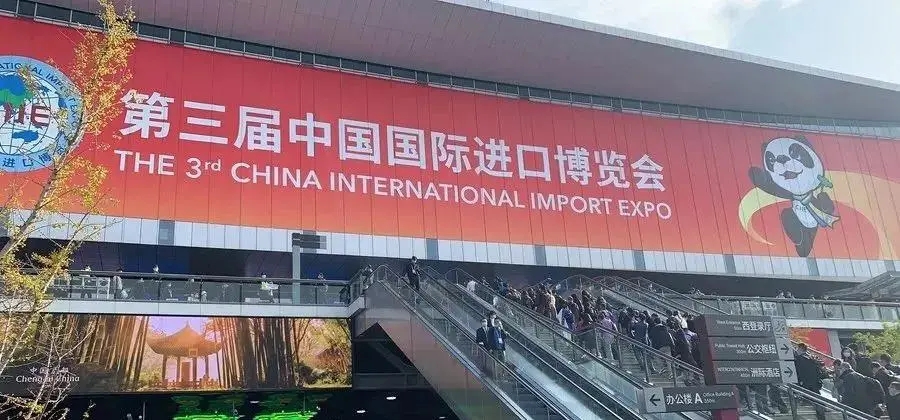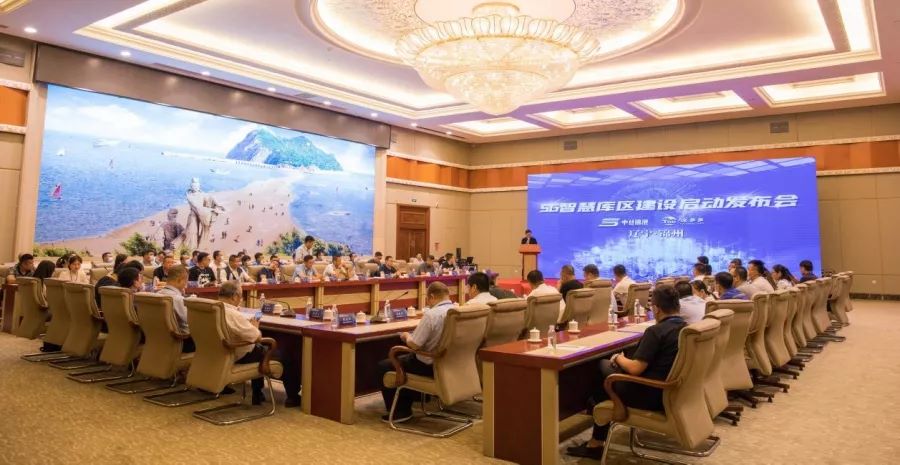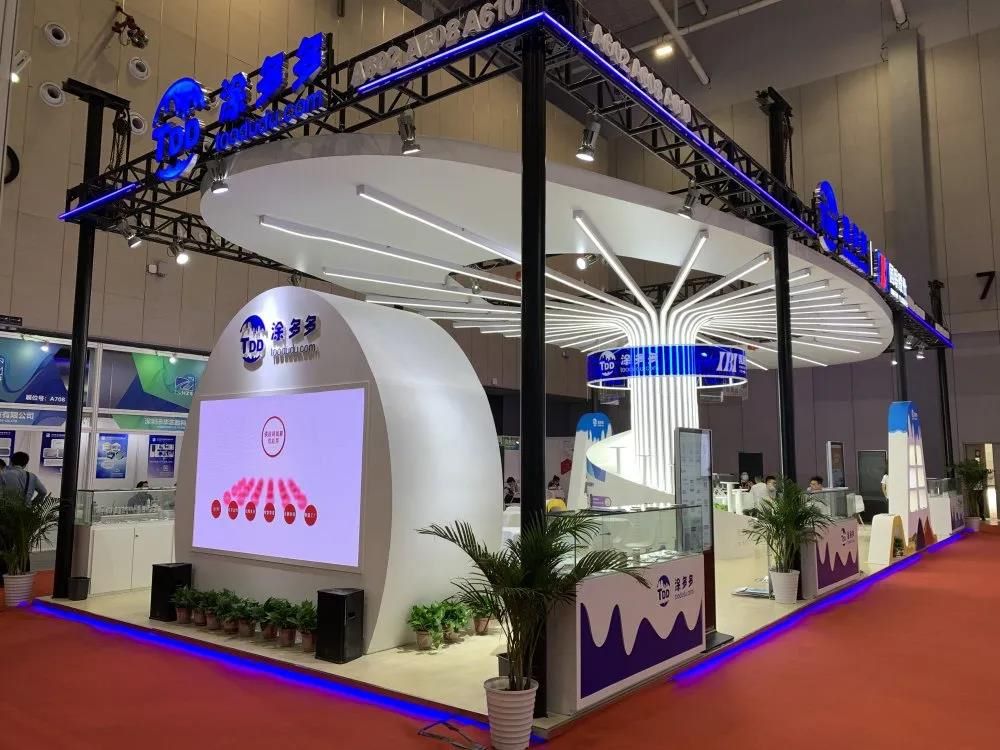EV Tire Challenges: Performance & Care
New energy vehicles are reshaping the technical logic of the tire industry with the characteristics of motor drive.
When the vehicle's own weight generally exceeds 2 tons and the instantaneous torque can reach more than 2 times that of traditional fuel vehicles, tires are no longer simple "consumables", but precision engineering components that need to balance multiple performances.
1. Core performance challenges of new energy tires
The physical characteristics brought by motor drive put tires under triple pressure:
Load and torque impact
The curb weight of a typical electric vehicle (such as Tesla Model S) is 2.1 tons, which is 30% higher than that of a fuel vehicle of the same level.
With the 600N・m torque burst by the motor within 0.2 seconds, the tire needs to withstand a shear force equivalent to 3 times that of a traditional fuel vehicle at the moment of starting. A test shows that when an electric vehicle accelerates sharply, the tread temperature rises by 22℃ within 5 minutes, resulting in a 15HA drop in rubber hardness and a 40% increase in wear rate.
Silent performance is just needed
Due to the lack of engine noise masking, tire noise becomes the main sound source in the car. According to the ISO 362 standard test, the tire noise of electric vehicles accounts for 68% at 80km/h, which is 12% higher than that of fuel vehicles.
This requires the tire to adopt a variable pitch pattern design, control the resonance frequency of the pattern block outside 500-1500Hz, and embed a polyurethane sound insulation layer to reduce the noise in the 200-800Hz frequency band by 5-8dB.
Rolling resistance optimization under range anxiety
For every 10% reduction in rolling resistance, the range of electric vehicles can be increased by 3-5%. Michelin e-Primacy tires reduce the rolling resistance coefficient to 5.2N/kN, 28% lower than traditional tires, by optimizing the tread curvature (the radius of curvature increases from 300mm to 450mm) and using a rubber compound with a silicon content of 35%. However, the low rolling resistance design may extend the wet braking distance by 7%, which needs to be compensated by 3D groove design.
2. Market chaos: three tricks of fake new energy tires
In the absence of unified standards, some manufacturers confuse consumer perception through "concept packaging":
Replacement trap
A certain brand only prints the "EV" logo on the sidewall, and the other parameters are exactly the same as the fuel vehicle tires on sale. The actual rolling resistance coefficient is 6.8N/kN and the noise is 68dB, which do not meet the mainstream standards of new energy tires (rolling resistance
Material substitution technique
The product claimed to be "silent cotton blessing" actually uses recycled polyester fiber with a density of only 80kg/m³. The sound insulation effect is 12dB worse than the original standard 120kg/m³ high-density sound insulation cotton, and it is easy to absorb water and increase weight, resulting in dynamic balance failure.
Parameter false labeling
A "low rolling resistance tire" is labeled with a rolling resistance coefficient of 5.5N/kN, but the test result according to ISO 28580 standard is 7.1N/kN, with a false labeling rate of 29%. Such tires will reduce the actual range of electric vehicles by 15-20% compared to the theoretical value.
3. Technical breakthrough direction of new energy special tires
Leading enterprises build performance barriers through three major innovations:
Rubber formula revolution
Pirelli P Zero Elect adopts 20% white carbon black + 10% graphene composite formula, wet grip increased by 22%, while rolling resistance reduced by 18%
Hankook iON series adds bio-based oil (castor oil derivatives account for 15%), so that the low temperature hardness of -20℃ remains 78A, 5A higher than the traditional formula
Structural bionic design
Continental Conti.eContact's "3D bionic groove" simulates the structure of polar bear claws and toes, produces a 1.2mm micro-water film cutting effect on wet roads, and shortens the braking distance by 11% compared with traditional patterns
Yokohama Bluearth EV's "asymmetric corrugated shoulder" reduces the uneven ground pressure during cornering from 25% to 12%, improving handling stability
Intelligent monitoring integration
Michelin Uptis The concept tire is embedded with distributed optical fiber sensors, which can monitor tire body strain (accuracy ±2με), temperature (±0.5℃) and wear depth (±0.1mm) in real time. Data is transmitted to the vehicle system via Bluetooth, with an early warning accuracy of 98%, avoiding the risk of tire blowouts caused by excessive wear.
4. Consumer decision: Do you need special tires?
In fact, ordinary tires that meet the following conditions can also be adapted to new energy vehicles:
Load index ≥ 98 (single tire load ≥ 750kg, meeting the 2-ton vehicle weight requirement)
Speed level ≥ V level (tolerance 240km/h, covering the electric vehicle extreme speed scene)
Rolling resistance level ≤ B level (EU labeling standard, corresponding rolling resistance coefficient
However, special tires still have advantages in comprehensive performance: Taking Tesla Model Y as an example, the original Michelin Pilot Sport EV, which comes standard with the same specification, has a lower power consumption per 100 kilometers, a shorter wet braking distance of 3.2 meters, and a 4dB reduction in tire noise compared to ordinary tires of the same specification. Under long-term use, the life cycle cost of special tires is 12% lower than that of ordinary tires.
5. Life management: A scientific method to crack the "20% loss theory"
The industry often says that "the life of electric vehicle tires is 20% shorter", but through precise maintenance, the gap can be narrowed to less than 5%:
Golden range of tire pressure
The cold tire pressure in summer is recommended to be 2.5±0.1bar (0.2bar higher than the standard value) to reduce tire shoulder deformation
The cold tire pressure in winter is 2.3±0.1bar to avoid tread cracking caused by rubber hardening at low temperatures
Four-wheel alignment refinement
The toe value is adjusted to 0±0.05° (±0.2° for ordinary cars) to reduce eccentric wear caused by motor torque
The camber angle is controlled at -0.5°±0.1° to balance cornering support and straight line wear
Driving behavior optimization
Enabling "slow acceleration mode" (torque output limited to 70%) can reduce the wear rate at the start stage by 35%
Using the kinetic energy recovery system (set to strong recovery mode) to reduce the number of brakes by more than 30%
The penetration rate of new energy vehicles has exceeded 40% Today, tires have become a core variable that affects user experience.
When choosing tires, you don't have to blindly pursue the "EV exclusive" label, nor can you ignore the performance requirements brought by vehicle characteristics. By interpreting core parameters such as rolling resistance, noise, and load, combined with scientific maintenance strategies, you can find the optimal solution between safety, endurance, and cost.











